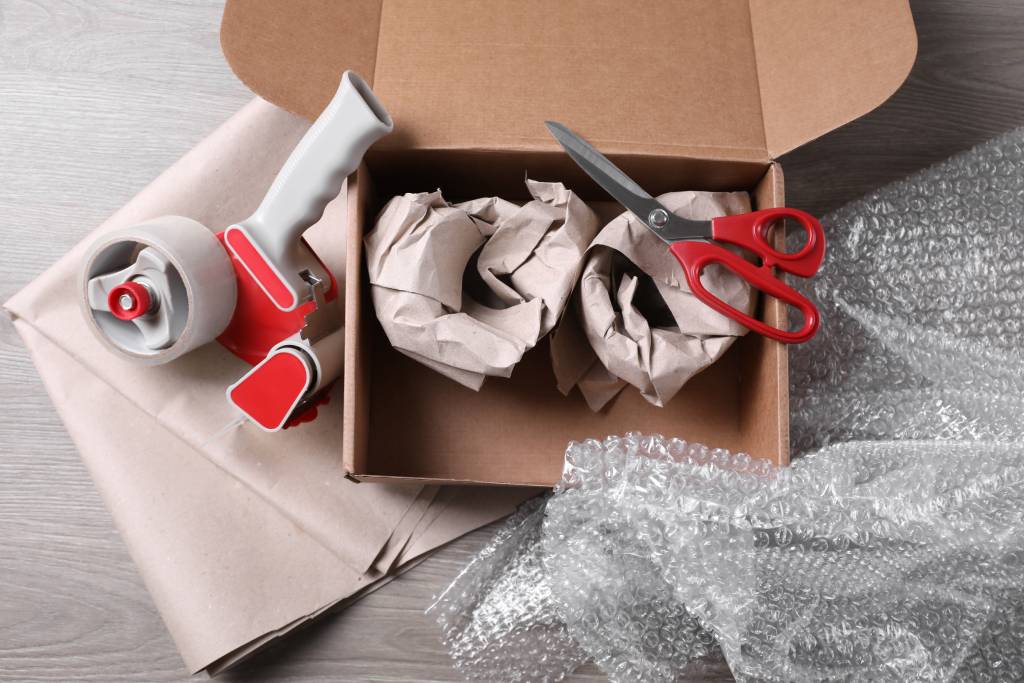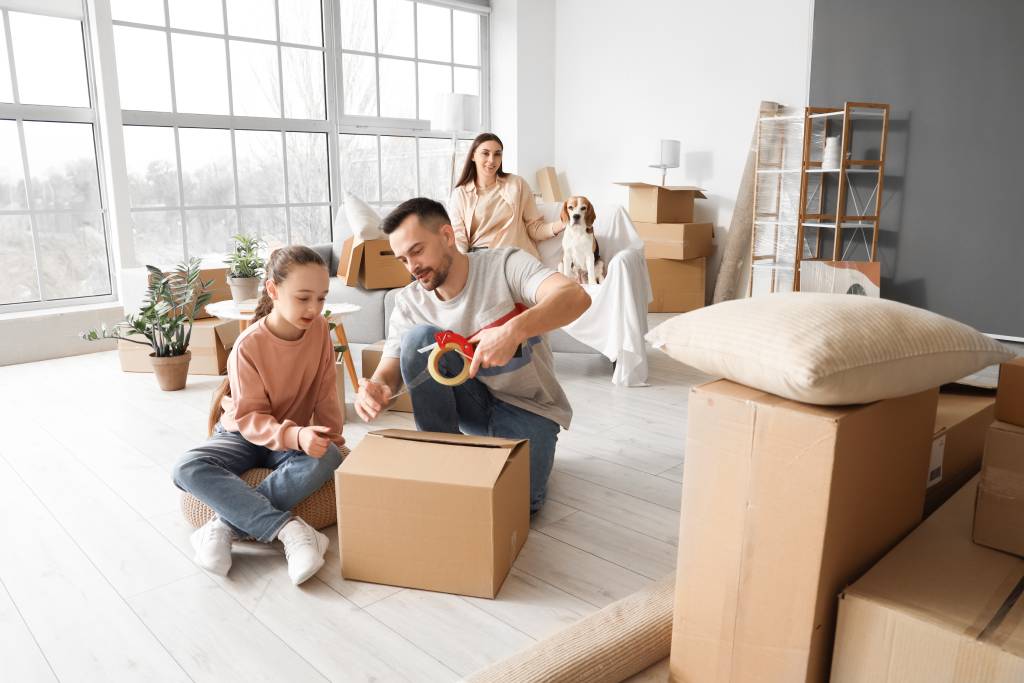
Moving can be a whirlwind, especially in a city like Charlotte. Whether you’re relocating to Uptown or a quiet suburb like Ballantyne, the right packing materials for moving are key.
Without the proper tools, even a small move can feel chaotic. But with some preparation, you can make the entire process smoother and less stressful.
The Ultimate Moving Supplies List
Getting the right supplies is step one for a successful move. Here’s what you’ll need to keep everything organized and protected while moving:
How Many Boxes Do I Need to Move?
Not all cardboard boxes are created equal. When deciding how many boxes to get, consider the size of your home. A studio or one-bedroom apartment might only require around 25-30 boxes. Larger homes will need 50 or more.
It’s good to grab a mix of small, medium, and large sizes. Small boxes work best for heavier items like books, while larger ones are great for lighter, bulkier things such as bedding.
Packing Tape and Dispensers
Strong packing tape is non-negotiable. Flimsy tape won’t hold up during the move, especially in North Carolina’s unpredictable weather. To make the taping process faster, use a tape dispenser. It saves you from fumbling with loose ends and ensures a secure seal on every box.
How Much Bubble Wrap Do I Need to Move?
Fragile items like glassware or electronics need extra care. Bubble wrap offers excellent cushioning, while packing paper prevents scratches. A good rule of thumb is to get enough bubble wrap to wrap every breakable item twice. Packing paper is versatile and can also fill empty spaces in boxes to keep things from shifting during transit.
Moving Blankets and Furniture Pads
Protecting your furniture is critical. Moving blankets and furniture pads prevent dents and scratches on large pieces like tables, dressers, and TVs. Whether you’re moving yourself or hiring pros, these items are must-haves for safeguarding your investment.
Markers and Labels
Unpacking is easier when you know where everything’s supposed to go. Use bold markers and clear labels to categorize your boxes. Instead of just writing “Kitchen,” be specific—”Kitchen: Plates and Bowls” helps you prioritize unpacking. Color-coded labels can also make things visually simple during the chaos of moving day.

Packing Materials for Moving
Careful packing ensures your belongings arrive safely. These materials make it easier to protect household items and prevent damage.
Sturdy Plastic Bins
Plastic bins are great for items you plan to store long-term. Unlike cardboard, they’re waterproof and durable. If there’s rain on moving day (a common occurrence in Charlotte), these bins keep your belongings safe and dry. Use them for seasonal items like holiday decorations or tools.
Trash Bags for Clothing
If you’re pressed for time, trash bags are a quick solution for packing clothes. Simply slide a handful of clothes, still on hangers, into a large bag. Tie the handles at the top around the hanger hooks, and you’ve got instant garment bags. It’s an efficient, low-cost option that saves time.
Ziploc Bags for Small Items
Ziploc bags are lifesavers for keeping tiny items in check. Use them to store screws, cords, and other small parts that could easily get lost. Label each bag to match the furniture or equipment they belong to—this saves frustration later when reassembling items.
What to Keep Out When Packing
Avoid packing everything too soon. Keep these essential items out until moving day:
- Personal Essentials: Overnight bag with toiletries, clothes, chargers, and medications.
- Important Documents: Birth certificates, passports, and move-related paperwork.
By keeping these items handy, you’ll ensure a smoother transition to your new home.
Are Moving Boxes or Bags Better?
Choosing the right moving containers depends on what you’re packing. Both boxes and bags have their strengths.
Boxes:
- Ideal for stacking, saving space in trucks or storage.
- Protect fragile items like dishes or glassware.
- Easy to label, making unpacking more organized.
Bags:
- Great for soft items like clothes, bedding, or towels.
- Flexible and fit into tight spaces.
- Quick to pack, especially for non-fragile items.
Boxes generally offer better protection and organization. But bags are useful for specific items and situations. A mix of both works best.
Ready, Set, Move: Your Packing Supplies List
A little planning makes a big difference. This packing supplies guide will help you save time, stay organized, and reduce stress.
Buy moving supplies early to avoid the chaos of last-minute shopping. The sooner you prepare, the easier your move will be. Start now and make your next move a breeze.







